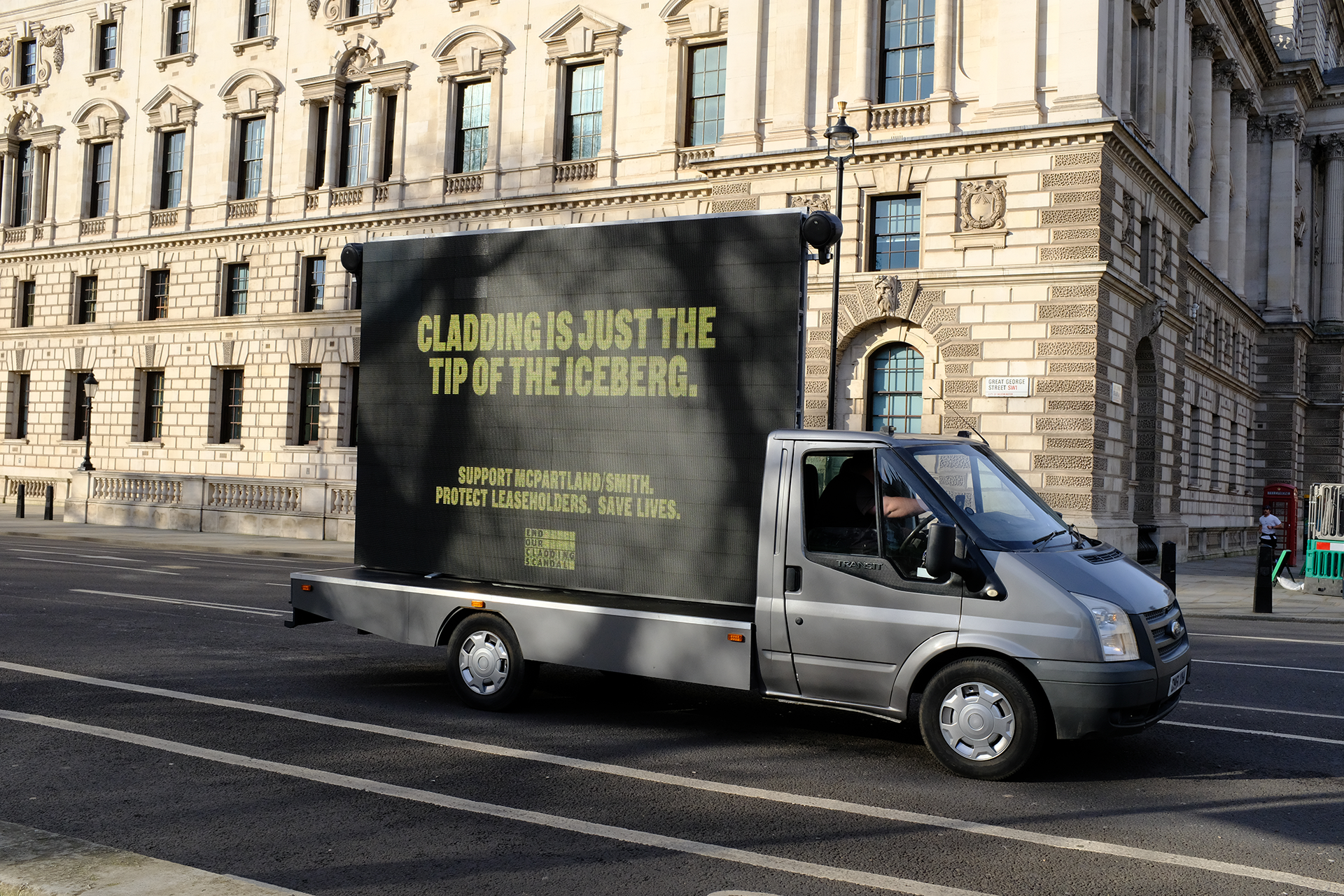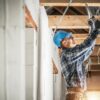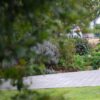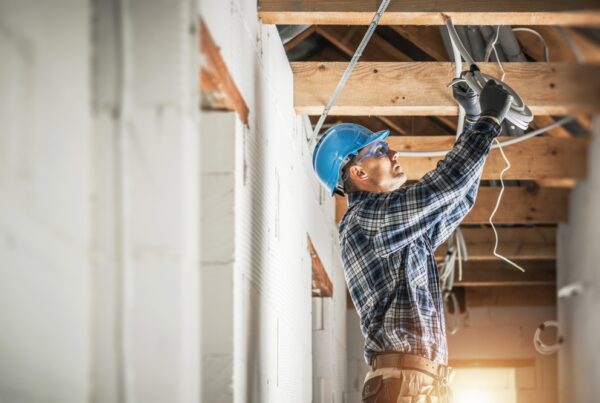The Queensland construction watchdog has launched a series of prosecutions against 18 building owners, body corporates and individuals for potentially deadly combustible cladding.
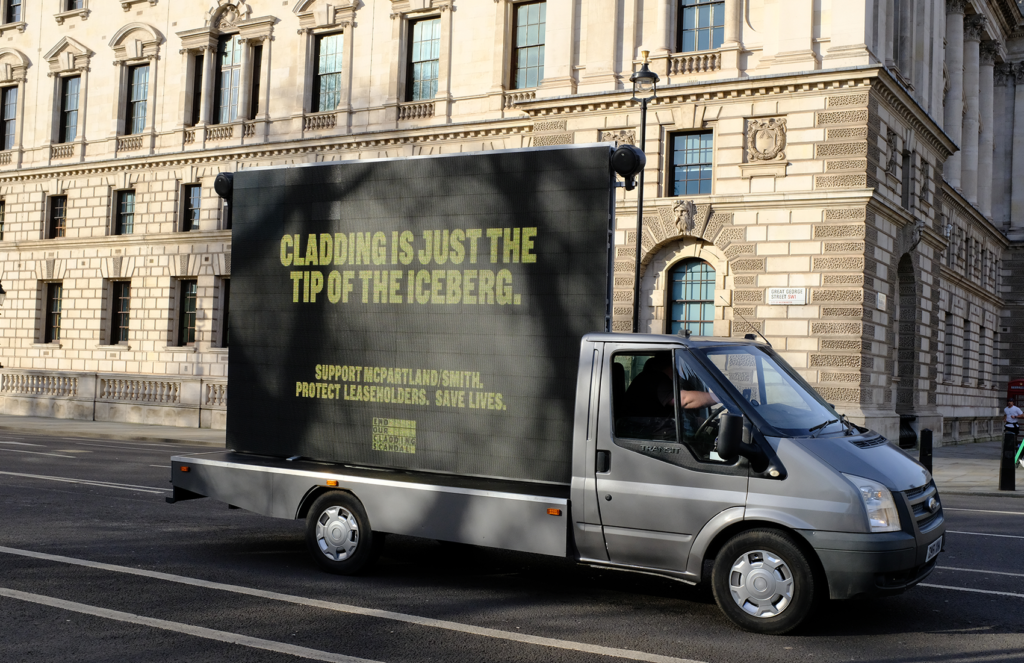
The Queensland Building and Construction Commission (QBCC) said 18 building owners, body corporates and individuals pleaded guilty in Brisbane Magistrates Court between May 2022 and January this year in separate prosecutions brought by the watchdog.
QBCC commissioner Anissa Levy, said the prosecutions under the safer building program had helped create more certainty and safety in regard to construction materials used on Queensland buildings.
“These laws help protect us all in the buildings where we live, work and gather, and were introduced following the tragic death of 72 people in London’s Grenfell Tower in 2017,” Levy said. The Lacrosse Apartment fire in Melbourne’s Docklands in 2014 also raised concerns about the use of combustible cladding.
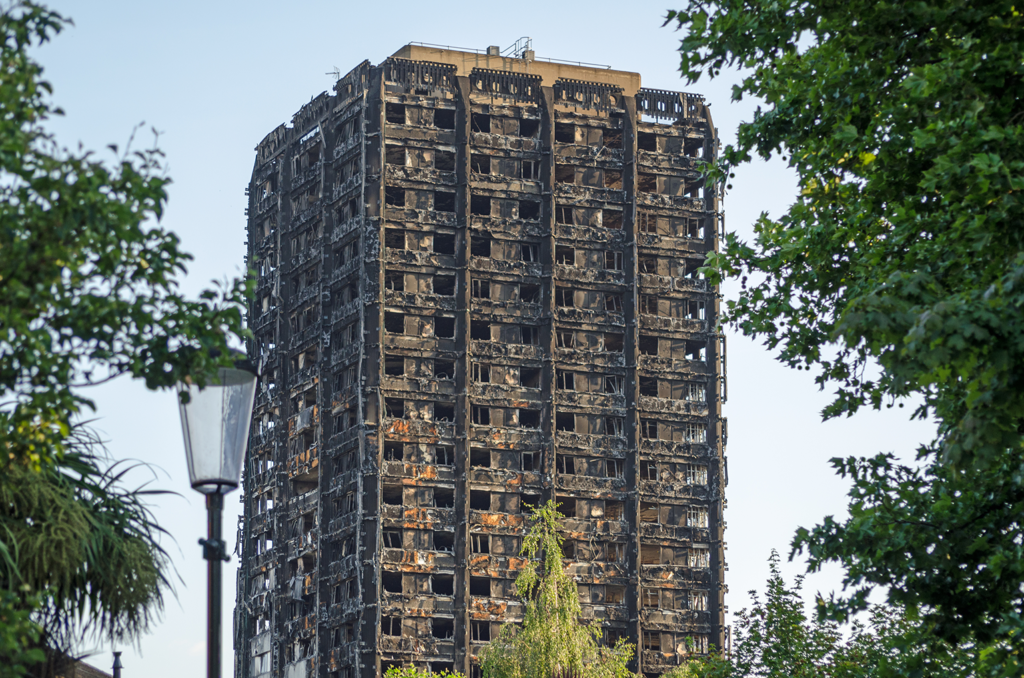
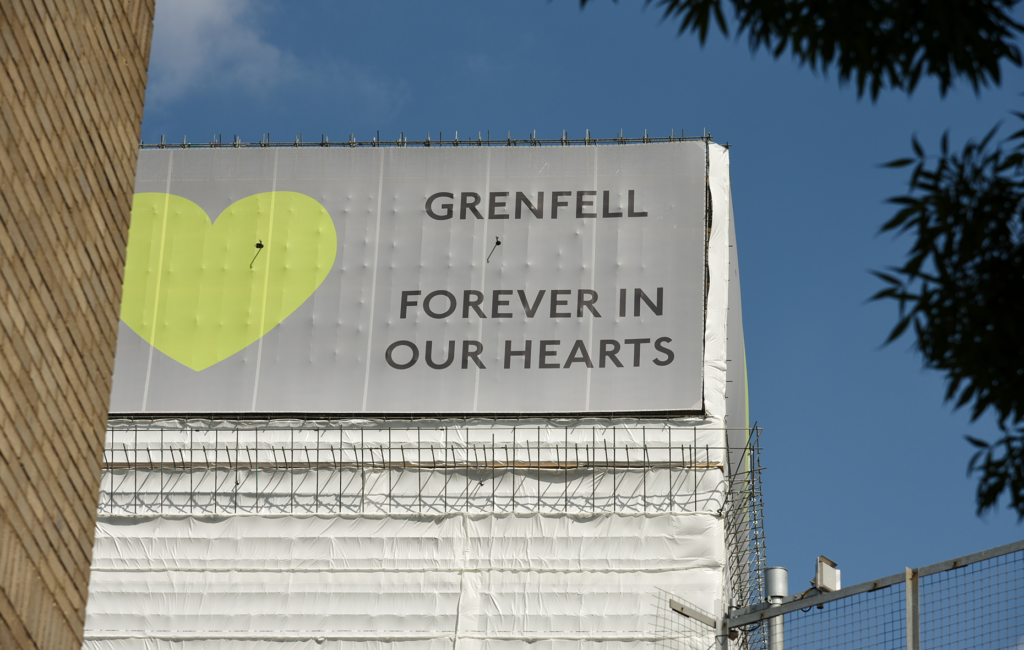
The legislation involved a three-stage process with building owners required to register their building before providing relevant information relating to potentially combustible cladding on their building at each stage of the program.
The QBCC commenced prosecutions relating to 35 private buildings which resulted in a total of $82,000 in fines and orders to pay $17,750 in legal costs for failing to provide required documentation for potentially combustible cladding on their buildings.
Of the 35 prosecutions commenced, 18 matters entered a timely plea of guilty, with fines imposed ranging between $2,000 and $8,000 for companies, $2,000 to $5,500 for body corporates and $1,500 for individuals. Convictions were not recorded.
In the remaining 17 matters, it was determined that cladding had been rectified prior to prosecution proceedings or ultimately found to not be combustible.
The building owners are required to provide the QBCC with a cladding checklist, safety risk assessment and a report from a registered fire engineer.
“The laws have increased public safety by helping to identify which buildings in Queensland contain combustible cladding on their external walls and any associated risks,” said Levy.
